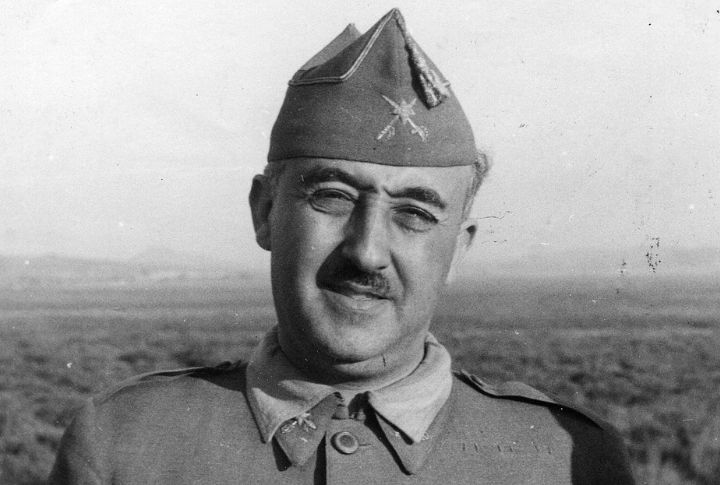
Narcissism is identified as an inflated sense of self-importance and a profound need for admiration. Throughout time, certain individuals have displayed an unrelenting narcissism that caused immense harm to those around them. Let’s look at 20 such historical figures whose egos caused others unimaginable pain.
Kim Jong-il
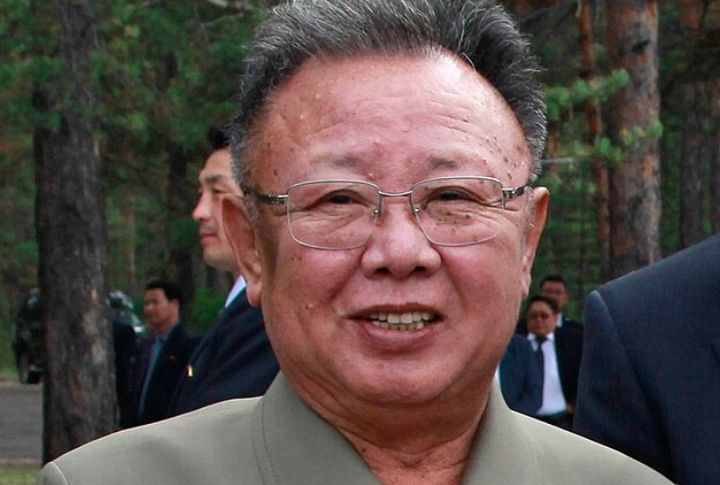
Kim Jong-il was the self-proclaimed Supreme Leader of North Korea from 1994 to 2011. He cultivated a personality that revolved entirely around himself. His narcissism was apparent in his extravagant lifestyle and his demand for godlike reverence. Under Kim’s direction, North Korea became isolated, and his authoritarian grip led to countless human rights abuses.
Joseph Stalin
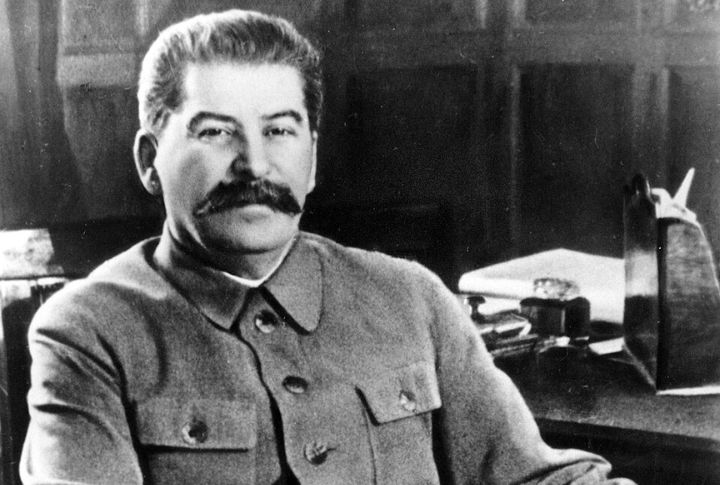
From the mid-1920s until his passing in 1953, Joseph Stalin governed the Soviet Union with an iron fist. Known for his authoritarian rule, he inflicted widespread terror on his people. Stalin’s narcissistic obsession with maintaining power led to forced labor camps and mass executions, resulting in the massacre of millions of citizens.
Pol Pot

As the leader of the Khmer Rouge and Cambodia’s Prime Minister between 1975 and 1979, Pol Pot caused the Cambodian Genocide. He forcibly relocated people to labor camps where they were tortured. Pol believed in creating a utopian agrarian society, which led to the demise of about 1.5 million people, or a quarter of Cambodia’s population.
Idi Amin

Uganda’s brutal military dictator, who governed from 1971 to 1979, was known as the “Butcher of Uganda.” Widespread human rights abuses, including executions and ethnic purges, characterized Idi Amin’s regime. His narcissistic desire for power was reflected in his extravagant self-image and ruthlessness toward his political opponents.
Queen Mary I Of England
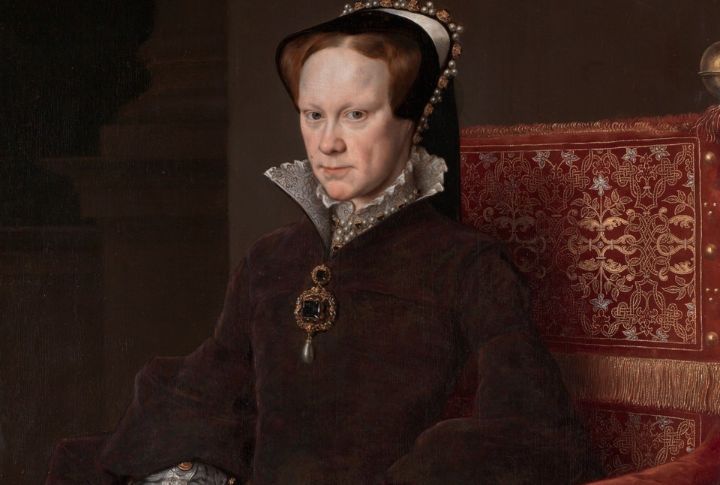
Also known as one of England’s most wicked queens, Queen Mary I was known for her brutal reign. Her desire to restore Catholicism in England led to the execution of over 280 Protestants in what is now known as the Marian Persecutions. Mary’s obsession with religious uniformity led to a reign marked by heartless actions.
Emperor Nero
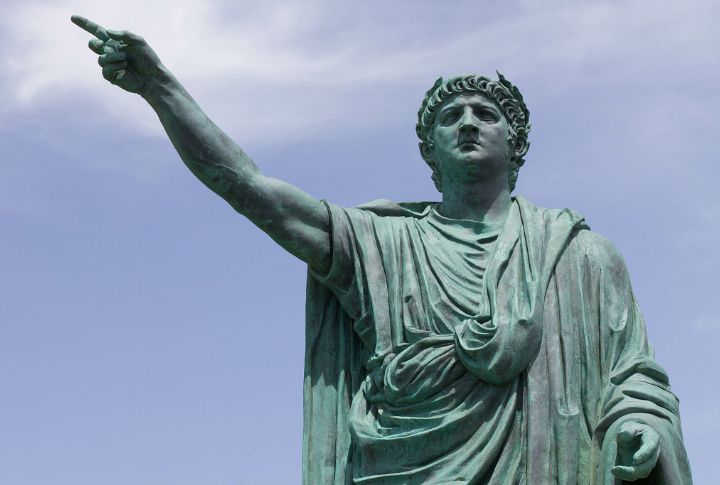
People mostly remember Nero for his narcissistic tendencies and wickedness toward his people and family. Nero’s reign was marked by violence, including the persecution of Christians, which he scapegoated for the Great Fire of Rome in 64 AD. He is infamous for his tyrannical rule, where he would order executions of anyone he perceived as a threat.
King Leopold II Of Belgium
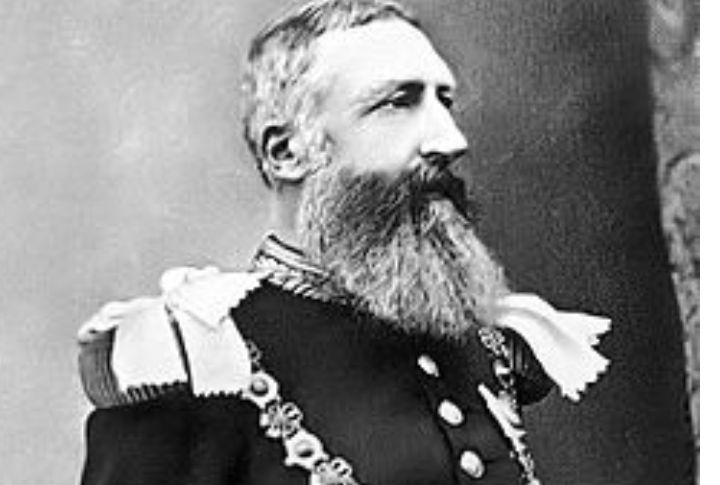
From 1885 to 1908, King Leopold II of Belgium controlled the Congo Free State and was responsible for mass executions. During his regime, millions of Congolese people were subjected to forced labor and mutilation in the pursuit of rubber and ivory. The world only began to recognize the extent of his offense decades later.
King Henry VIII of England

This infamous English monarch is often recalled for his heartless actions. King Henry’s desire for a male heir led him to break away from the Catholic Church, initiating the English Reformation, and executing two of his six wives. He spent lavishly on his image, commissioning countless portraits that depicted his dominance.
Vlad The Impaler
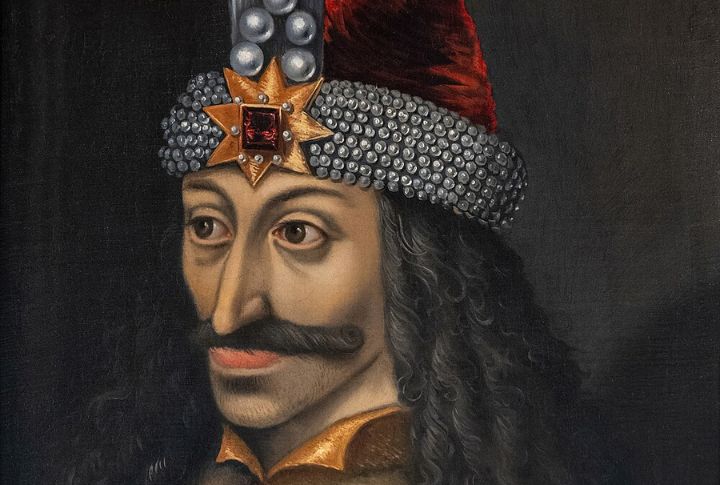
Vlad the Impaler, also known as Vlad III Dracula, was a 15th-century ruler of Wallachia who became infamous for his brutal methods of punishment. He was known for impaling thousands of his enemies on wooden stakes, a form of torture that caused prolonged suffering. Although his actions were rooted in military strategy, they were nonetheless barbaric.
Benito Mussolini
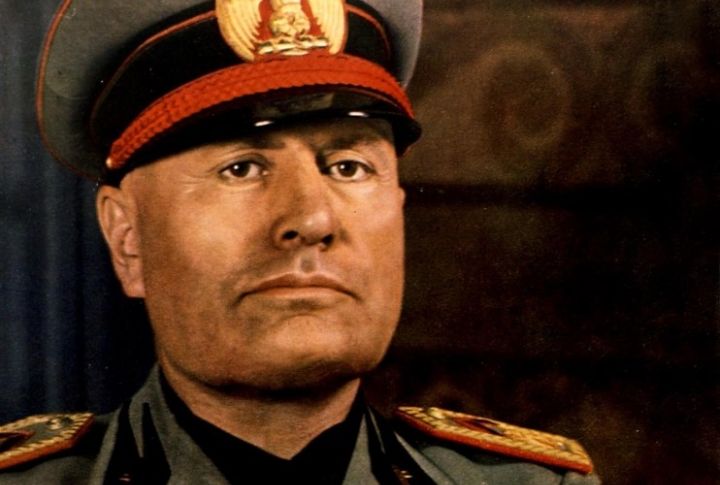
During his rule, Benito Mussolini, the dictator of Italy, promised to revive the Roman Empire. However, he showed little regard for human life, ordering violent crackdowns on political opponents and allowing the secret police to torture dissenters. Furthermore, he manipulated public opinion to maintain control and exaggerated his military achievements.
Attila The Hun
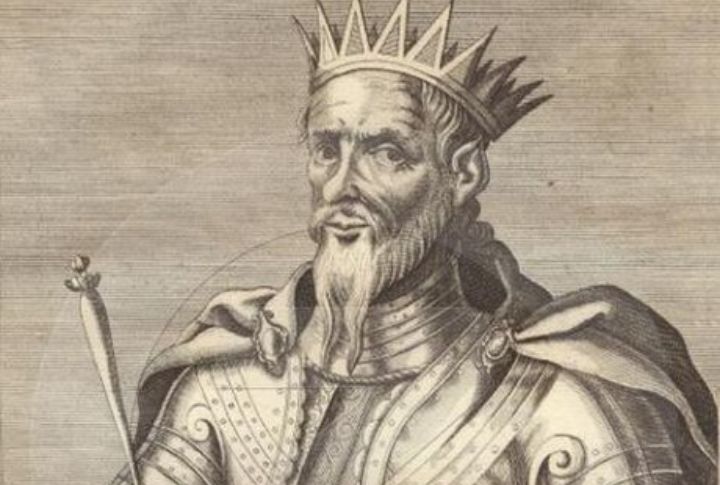
Some Roman sources describe Attila the Hun as arrogant and egocentric, believing himself to be divinely chosen to conquer the world. Attila ruled the Hunnic Empire from 434 to 453 AD and was feared across Europe for his ruthless military campaigns. He demanded massive tributes from Rome and showed little mercy to those who resisted.
Elizabeth Bathory
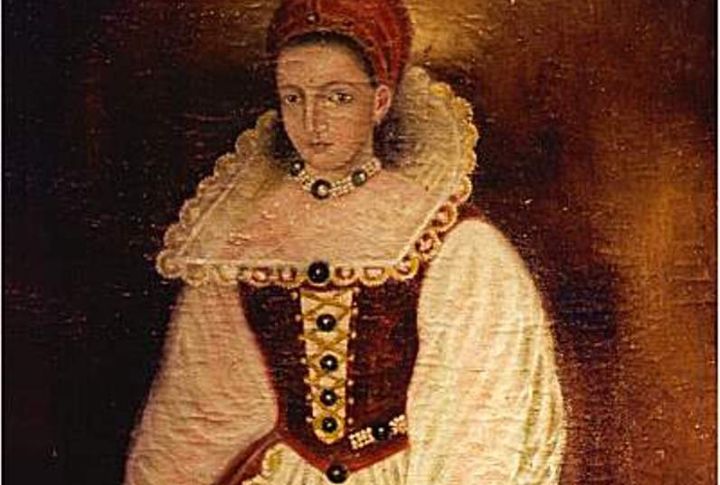
Hungarian noblewoman Elizabeth Bathory is often called one of history’s most prolific female murderers. Sources claim that she ended the lives of hundreds of young women, reportedly in an attempt to preserve her youth. Despite her offense, she was never fully tried or convicted, and her legacy is one of ruthlessness.
Francisco Franco

Spain experienced one of its darkest years during the reign of Francisco Franco. From 1939 to 1975, his regime was marked by brutal repression. After winning the Spanish Civil War, he executed tens of thousands of political opponents and imprisoned countless others. He suppressed regional cultures, especially in Catalonia, and enforced a rigid, centralized Spanish identity.
Mao Zedong
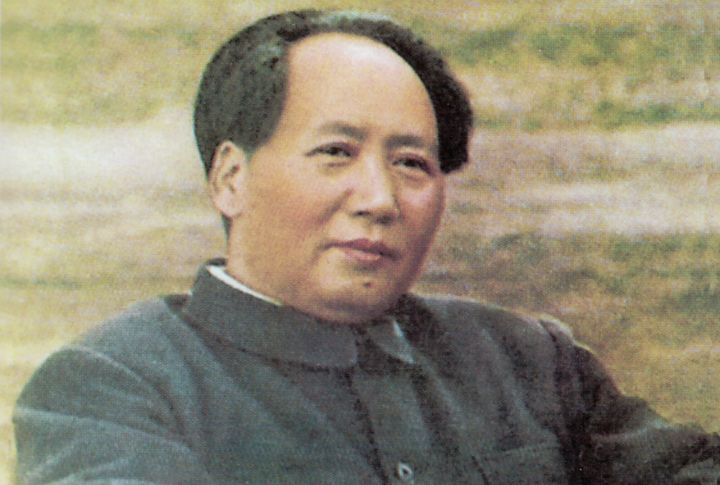
As head of the Chinese Communist Party, Mao led the country through major political and social transformations, including land reforms. The Great Leap Forward (1958–1962) was intended to rapidly modernize China’s economy, but it led to widespread famine and the deaths of millions. Mao’s Cultural Revolution (1966–1976) resulted in widespread chaos.
Charles Manson
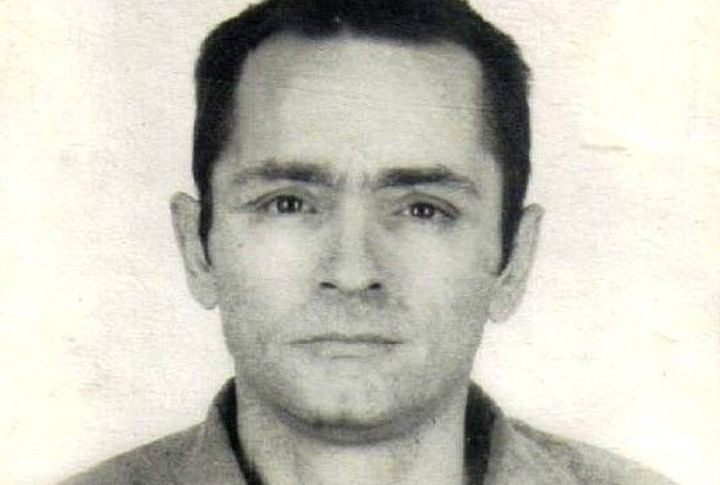
Charles Manson was a cult leader responsible for a series of brutal murders in 1969. He led the so-called “Manson Family,” a quasi-commune of young followers whom he manipulated through psychological control. Although he did not directly commit the murders, the court convicted him of first-degree murder and conspiracy to murder because he directed his followers to do so.
Hermann Goring
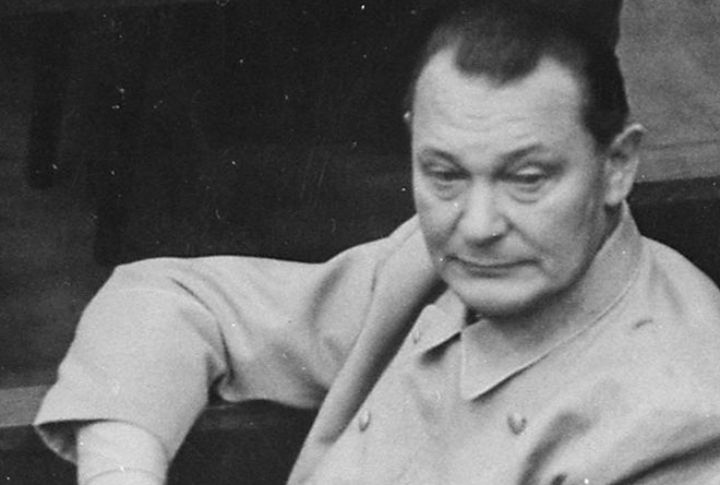
Hitler had several henchmen, and Hermann Goring was one of them. A WWI flying ace, he was instrumental in establishing the early concentration camps and was designated Hitler’s successor. As WWII progressed, he amassed vast wealth through looted art and property and lived extravagantly until his arrest by Allied forces.
Saddam Hussein
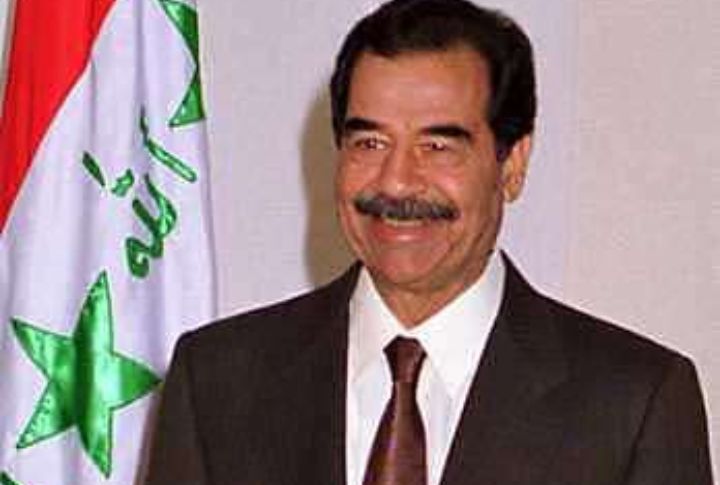
From 1979 to 2003, Iraq witnessed Saddam Hussein’s firsthand brutal and heartless tactics in maintaining control over the country. The man’s need for power led to widespread repression, including the use of chemical weapons against Iraqis. His monstrosity extended to his neighbors as well, as his invasion of Kuwait led to the Gulf War.
Richard Nixon
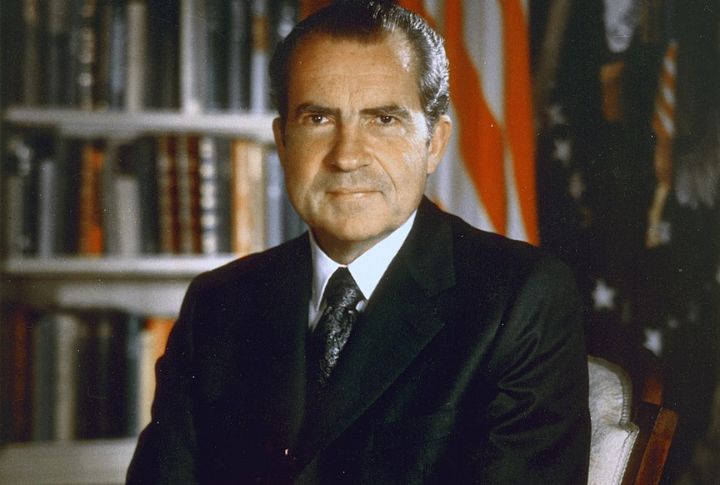
While Richard Nixon’s narcissism is often seen through his obsession with personal power and secrecy, his involvement in the Watergate scandal exposed his heartless behavior toward his own country. Nixon’s willingness to cover up his administration’s illegal activities, including wiretapping and espionage, demonstrated his lack of empathy.
Al Capone
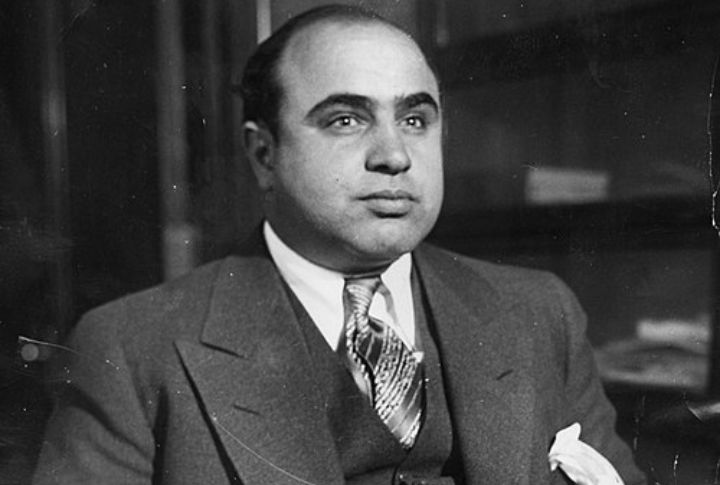
The Prohibition era saw the rise to power of Al Capone, a notorious American gangster. Born on January 17, 1899, Al moved to Chicago in the early 1920s and became the head of the Chicago Outfit, an organized crime syndicate. Capone ordered numerous assassinations to eliminate rivals while maintaining a public image as a generous benefactor.
Jim Jones
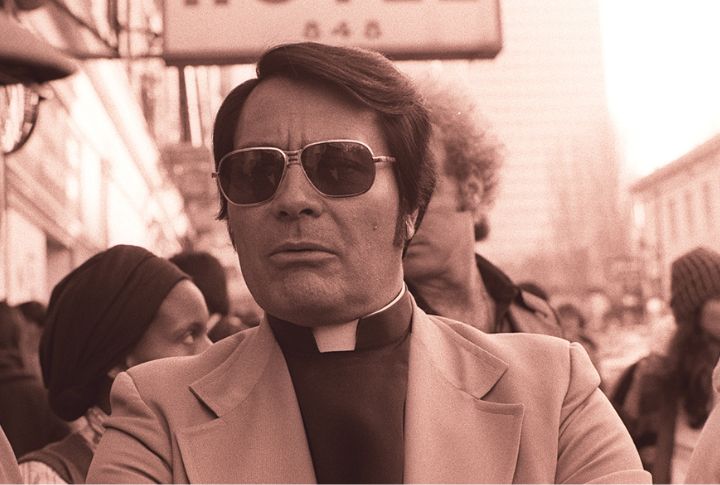
Jim Jones, founder of the Peoples Temple, manipulated over 900 of his followers to take their lives in 1978. He wielded psychological control over his congregation, demanding absolute loyalty and making them fear the outside world. When his grip on power began to slip, he forced several of his followers, including children, to ingest poison.

Comments
Loading…